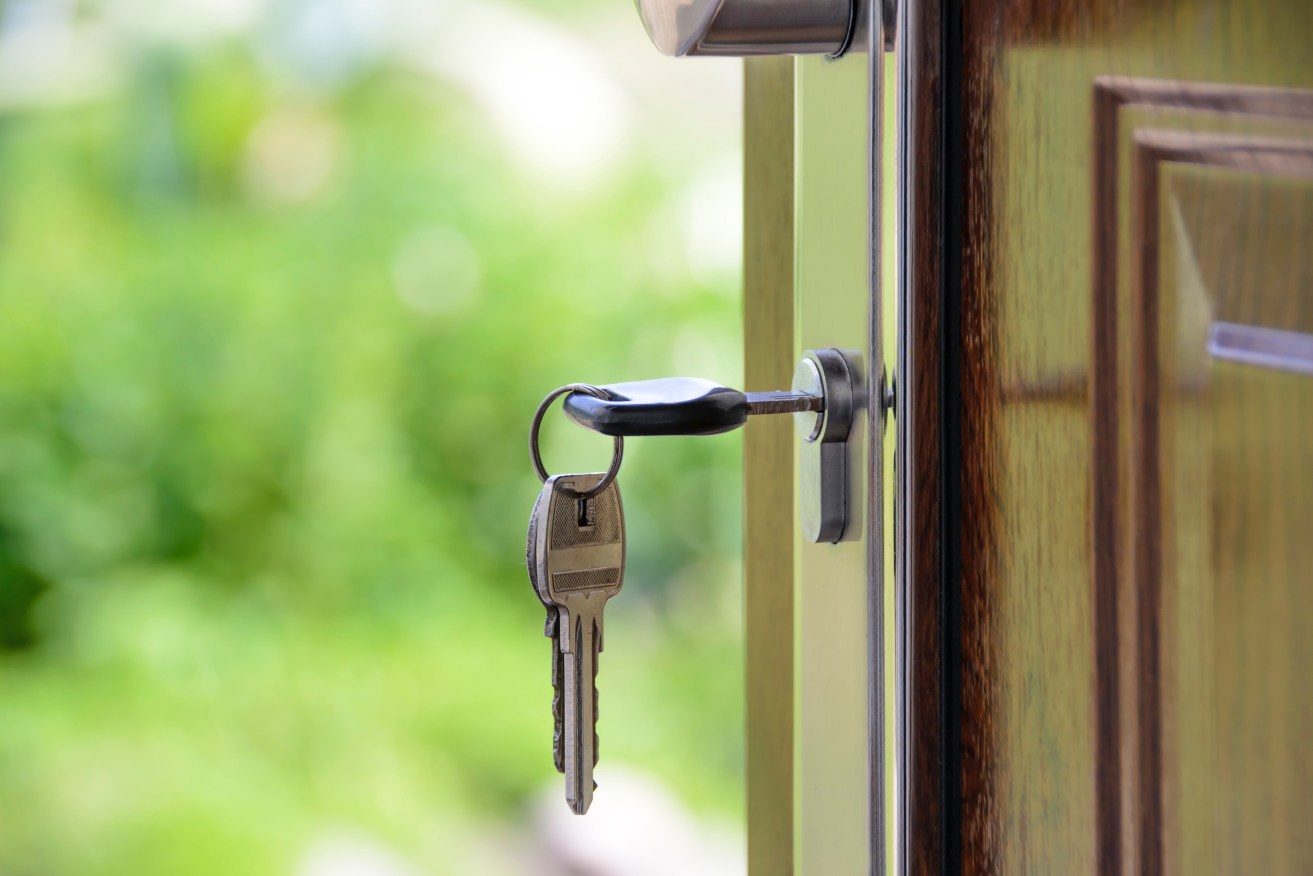Unlocking a housing crisis solution
Increasing the stock of affordable housing delivers immediate social and economic benefit but Michelle Gegenhuber argues that fundamental government policy, funding and system changes are needed to drive long-term change.

Photo: Pexels.com/Photomix Company
The rental crisis is worsening across the country with more and more Australians impacted. Right now, while some celebrate the festive season, others are searching for somewhere to live, which can be a soul-shattering experience.
The evidence is undeniable. Recently, both Anglicare Australia’s Rental Affordability Snapshot and National Shelter’s Rental Affordability Index Report have shown that times are as tough as they’ve ever been if you’re trying to secure a home.
As always, it’s those most vulnerable and already doing it tough that are hardest hit. However, ongoing lack of long-term investment means it’s everywhere across the country now and impacting a broad range of income levels.
Even people in secure rentals report feeling on edge, dreading news of rental increases, lease terminations, or just waiting endlessly for repairs to be made while being too scared to complain.
How are you supposed to survive, organise your life and thrive, if you are living day to day, constantly worried about where you are going to sleep?
We all want to see change. People are motivated to collaborate and act to end this housing crisis. Our cross-sector housing roundtables earlier this year attracted representatives from more than 40 organisations. Key stakeholders attended from cities and regions, government, not-for-profit and private sector, academia and philanthropy.
We have the drive to gather, collaborate and instigate change. There are great ideas emerging and impactful initiatives already underway – tiny homes, incentives, superannuation sector support, subsidies, modular homes. But we need more to get out of crisis. It needs consistent bipartisan government attention and investment year in, year out to move out of crisis. We need fundamental policy, funding and system changes to facilitate effective long-term change.
As part of a sustainable housing system, the community housing sector has a range of innovative initiatives and projects. We stand ready to partner with Government to increase housing supply in a variety of ways and community housing transfers are one tried and true way to increase investment and new homes.
Even people in secure rentals report feeling on edge, dreading news of rental increases, lease terminations, or just waiting endlessly for repairs to be made while being too scared to complain.
The ROSAS (Renewing Our Streets and Suburbs) housing transfer has seen the state government partner effectively with the community housing sector. Five tier one community housing providers were transferred management of 4,000 public homes in 2017. Believe Housing Australia took over management of 736 homes in Adelaide’s western suburbs. Before the end of that contract, which was focussed on stock renewal and development, we’ll have delivered 160 new properties. 736 homes become 896, 11 community housing tenants have already gone on to purchase their own homes, and we’ve achieved a 95% tenant satisfaction rating for service and support.
Tier one community housing providers have proven capability and capacity to take on management of public housing transferred by the state, to maintain and upgrade housing, support tenants, build new homes, and create communities. We re-invest returns from those housing transfers directly to increase the housing supply in South Australia.
It’s a community, business and economic win-win for South Australia. Construction stimulates jobs and the economy, and when people are securely housed, savings through increased social participation and reduced service use far outweigh the cost of investment.
The statistics speak for themselves. There’s an increase of 220 social and affordable homes per 1,000 transferred by the state. Let’s get on with it.
There are other exciting opportunities for extending the partnership with state government across shared equity, youth housing, disability housing, over 55s housing, head leasing, future housing transfers, and regional housing plans. Also, the federal government’s commitment to increase the housing supply through the Housing Australia Future Fund is encouraging.
But we cannot wait for system change before acting. There remains a huge opportunity for the sector to collaboratively deliver on solutions while we advocate for more investment and partnership.
In January, Believe Housing Australia will release another 24 social and affordable apartments in Woodville West, with six more villas for affordable rental to be released in July. Many more social and affordable rentals will be released later in 2023 following completion of our developments in Panorama and Mansfield Park.
We look forward to seeing changes to the housing system that increase housing supply as we work towards every Australian having a place to call home.
Michelle Gegenhuber is Executive General Manager, Believe Housing Australia




